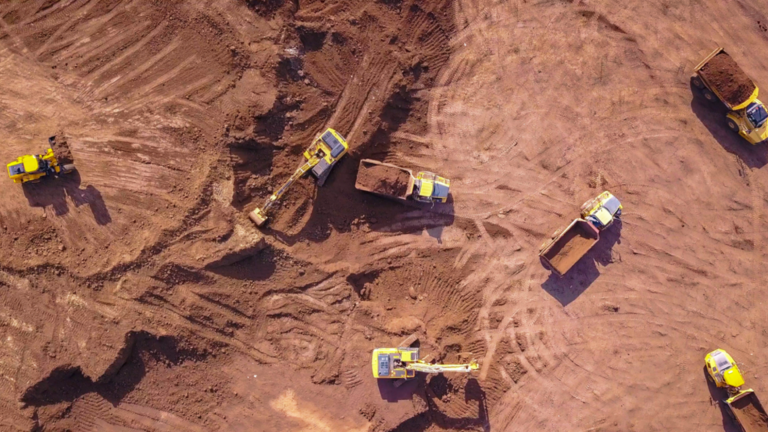Construction’s Technology Sprint: How to Upgrade to Industry 4.0 Without Slowing Business
Construction is a constantly evolving industry. In order to keep up with competitors, construction companies have to adopt new technologies and overhaul old processes.
This technological arms race comes at a cost – it takes a long time to install tools and train employees how to use them. Whenever construction or equipment rental businesses onboard new software and hardware, they have to put profitable projects on hold. And when businesses lose time, they lose money.
Analyst Roland Berger studied this conundrum in 2016. He wanted to know how construction companies could stay ahead of the technological curve without losing valuable hours to onboarding. After interviewing executives at 40 construction companies and building materials firms, he published “Digitization in the Construction Sector.” This report identified the four steps construction companies had to take in order to compete in an increasingly digitized industry:

1. Digital Data
According to Berger, construction firms need to collect electronic data in order to better understand their operational strengths and weaknesses. Unfortunately, many data collection technologies demand time-consuming installations. That’s why plug-and-play devices are the best option – they can be installed in just a few minutes, so organizations don’t miss a beat.
2. Automation
Processes that used to devour back-office staff’s working hours can now be automated. For example, Workforce Management tools automate many payroll tasks. When companies adopt them, they free up employees to focus on tasks that actually generate profit.
3. Digital Access
There’s no longer any excuse to lose track of assets or lose touch with employees. GPS and Mobile Apps keep organizations connected and centralized, even when they’re working on dozens of different job sites.
4. Connectivity
Every team within an organization needs to be linked, even if they’re in different locations and doing different jobs. For example, Engine Diagnostic tools connect operators at worksites with mechanics at shops.
Businesses need all of these tools – but they can’t shut down while they install them. If they do, they’ll frustrate customers, lose contracts, and fall behind their competitors. That’s why it’s so important to choose a technology that ensures operational continuity.
A technology provider shouldn’t just offer plug-and-play technology. It should also provide painless training and a complete set of tools. When companies use a variety of telematics solutions from a variety of companies, constant onboarding will weigh down operations. When companies use an all-in-one solution, they’ll stay light on their feet.
Want to see how a plug-and-play, all-in-one technology solution will work for your business?
|








